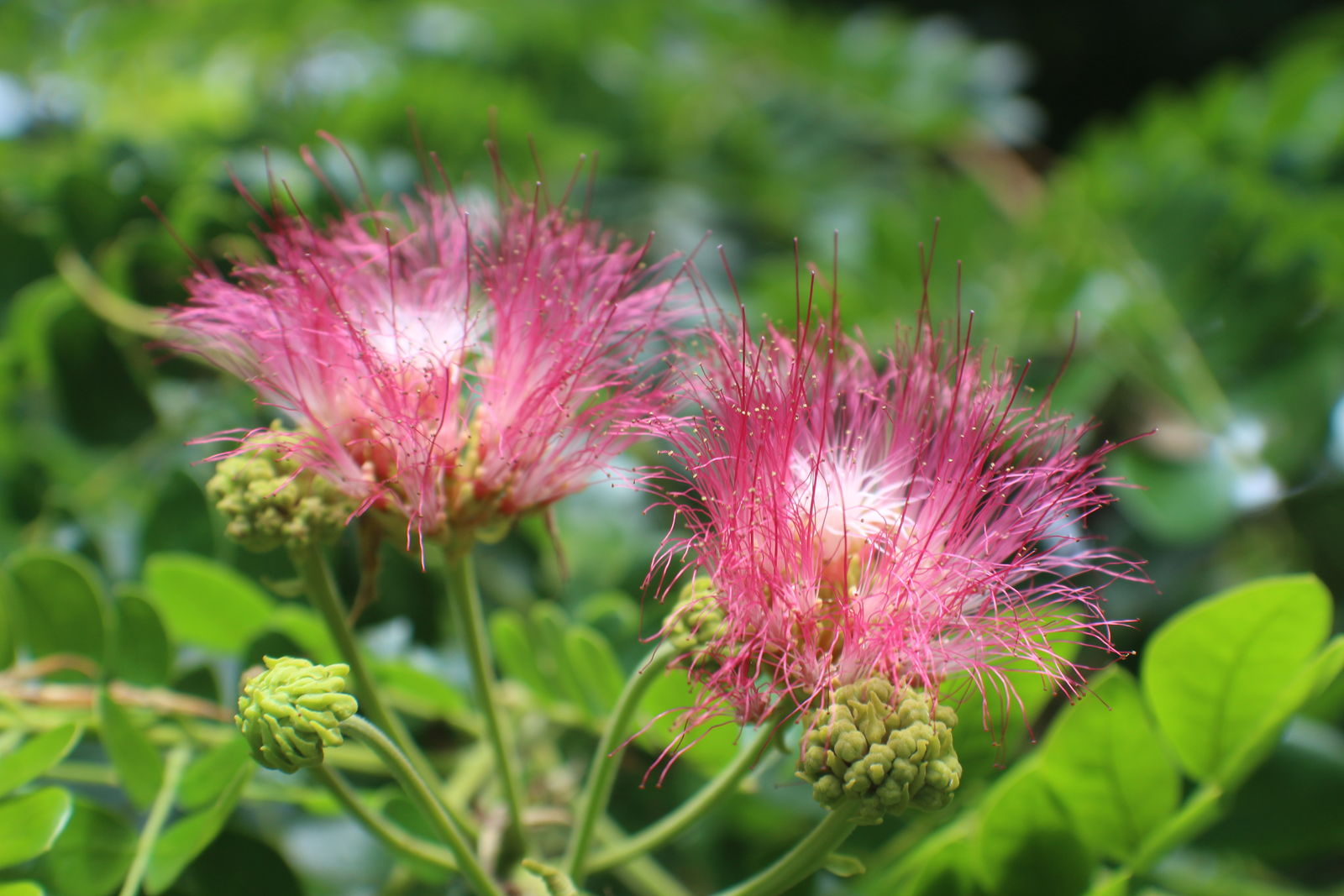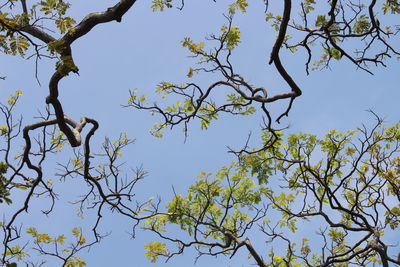Native to:
Belize,
Bolivia,
Brazil North,
Brazil Northeast,
Brazil West-Central,
Colombia,
Costa Rica,
Ecuador,
El Salvador,
Guyana,
Honduras,
Nicaragua,
Panamá,
Paraguay,
Venezuela,
Zaïre
Introduced into:
Andaman Is.,
Angola,
Assam,
Bangladesh,
Benin,
Borneo,
Cambodia,
Cameroon,
Caroline Is.,
Chagos Archipelago,
China South-Central,
Comoros,
Cuba,
Dominican Republic,
East Himalaya,
Gambia,
Ghana,
Gulf of Guinea Is.,
Hainan,
Haiti,
Hawaii,
India,
Jamaica,
Jawa,
Kenya,
Laos,
Leeward Is.,
Madagascar,
Malaya,
Marianas,
Marquesas,
Marshall Is.,
Mexico Southwest,
Myanmar,
New Caledonia,
New Guinea,
Nicobar Is.,
Nigeria,
Northern Territory,
Peru,
Philippines,
Puerto Rico,
Queensland,
Samoa,
Sierra Leone,
Society Is.,
Solomon Is.,
Southwest Caribbean,
Sri Lanka,
Sudan,
Sulawesi,
Sumatera,
Taiwan,
Tanzania,
Thailand,
Togo,
Trinidad-Tobago,
Uganda,
Vanuatu,
Venezuelan Antilles,
Vietnam,
Windward Is.,
Zambia







